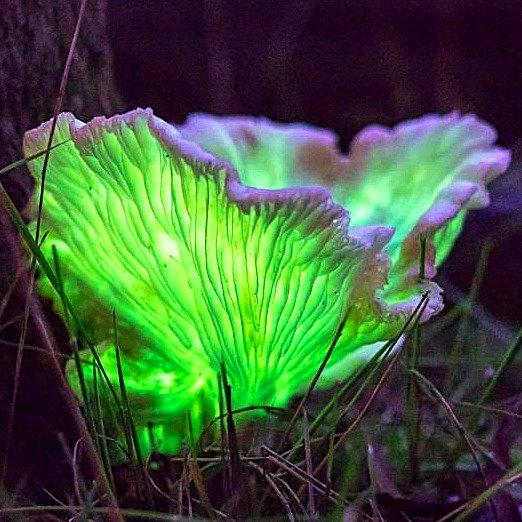
- Flora & Fauna -
- 4mins -
- 1,312 views
Talking toadstools: Mushrooms communicate with each other using up to 50 ‘words’, scientist claims
A researcher at the University of the West of England theorises electrical impulses sent by mycological organisms could be similar to human language, and that mushrooms communicate with each other using up to 50 ‘words’.
Fungi May Be Communicating in a Way That Looks Like Human Speech
A new study has identified patterns of nerve-like electrical activity being produced by fungi. What’s more, patterns within the activity appear to be comparable to similar structures in humans speech. Assuming the impulses might be influencing other cellular activities in a network of fungi, it’s a finding that could shed new light on communication in mycological organisms. — ScienceAlert
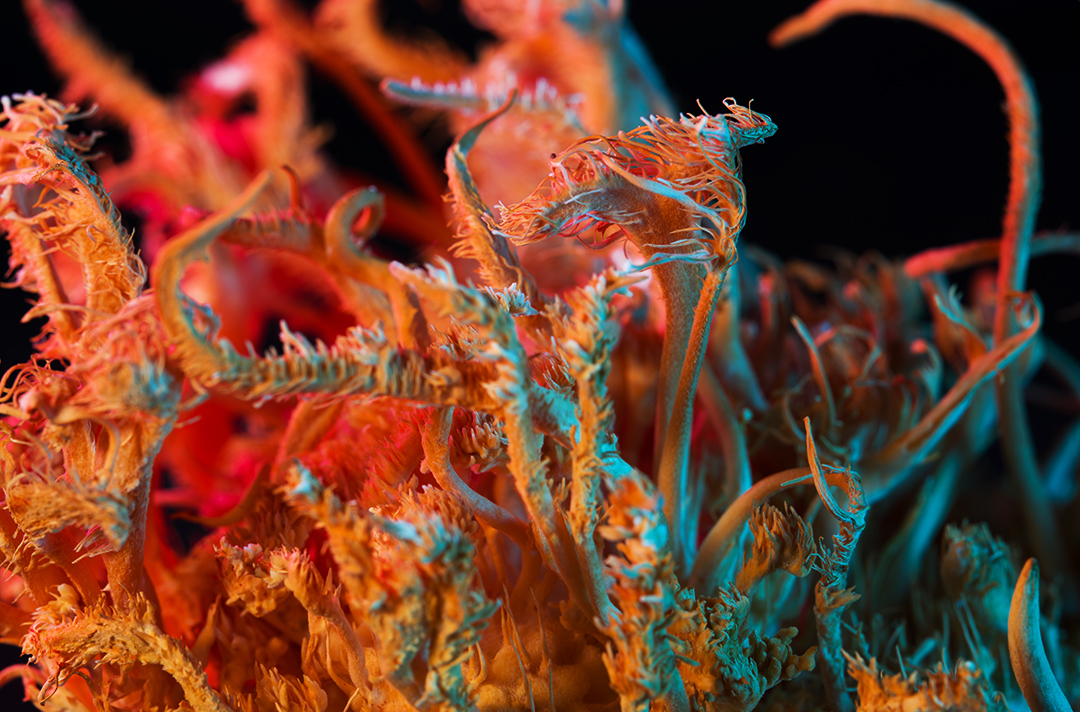
Scientist able to spot up to 50 different ‘words’
Computer scientist Andrew Adamatzky, from the University of the West of England in the UK, was able to spot up to 50 different ‘words’ or groups of spikes of activity produced by the fungi networks that were studied, according to a report this week from ScienceAlert.
Electrical buzzes in fungi have been known about for years, but analysing this activity as if it were a language could stand to reveal many things we don’t know about what this fungi phenomena represents.
"Assuming that spikes of electrical activity are used by fungi to communicate and process information in mycelium networks, we group spikes into words and provide a linguistic and information complexity analysis of the fungal spiking activity," writes Adamatzky in his new paper.
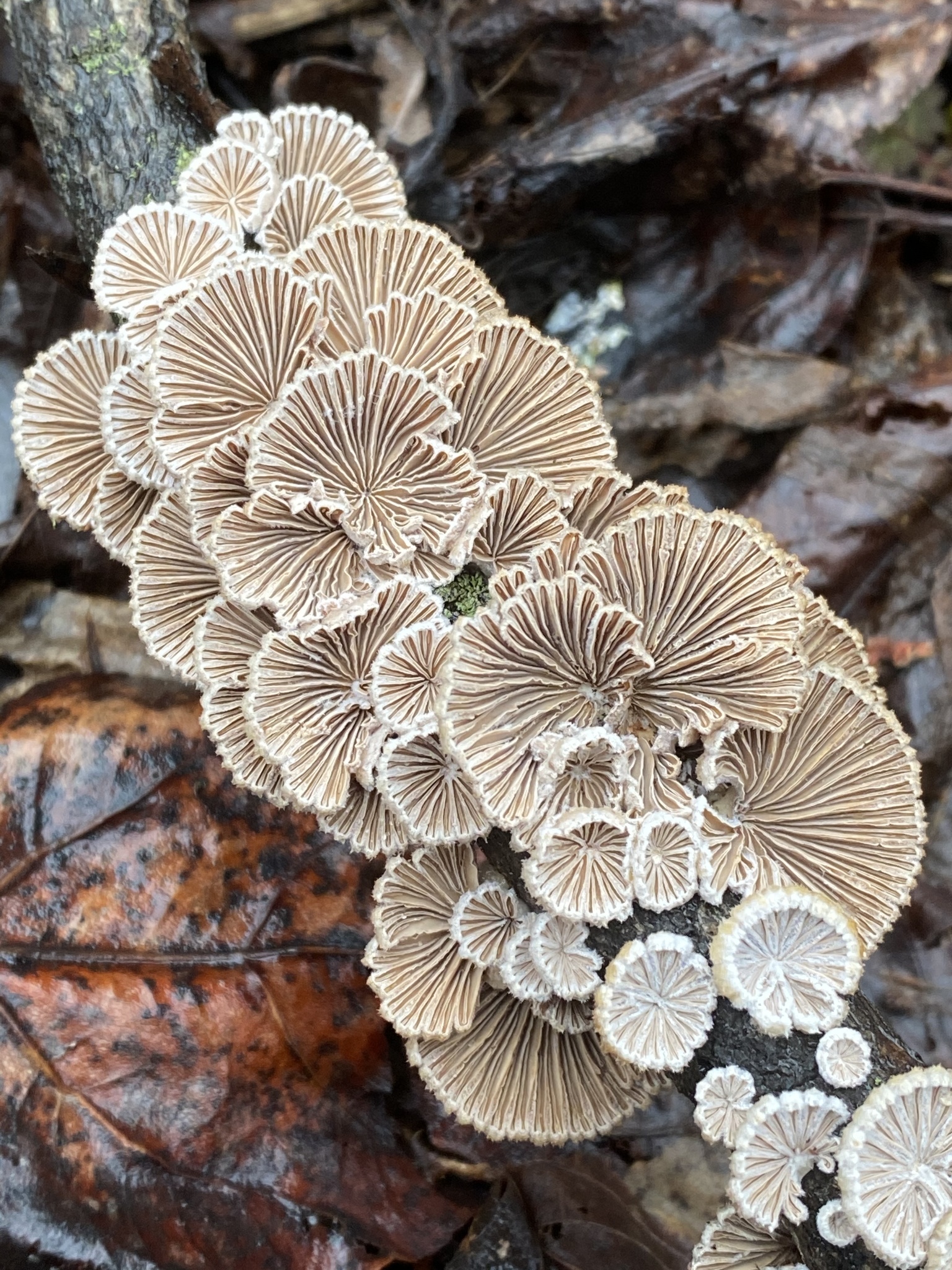
Split gill mushrooms put together the most complex ‘sentences’
Adamatzky looked at electrical activity across four types of fungi, looking for patterns in:
- ghost fungi (Omphalotus nidiformis),
- Enoki fungi (Flammulina velutipes),
- split gill fungi (Schizophyllum commune), and
- caterpillar fungi (Cordyceps militaris).
Electrical activity was detected and recorded using tiny microelectrodes inserted across areas where the fungi had colonised, and spikes in activity were then organised into groups. Each type of fungi varied in terms of its spike duration and length, with some spikes lasting up to 21 hours.
Split gill mushrooms were shown to put together the most complex ‘sentences’, but overall the average fungal ‘word length’ of 5.97 – measured by spike groups – matched up with languages such as English (4.8) and Russian (6).
"We do not know if there is a direct relationship between spiking patterns in fungi and human speech," Adamatzky told the Guardian. "Possibly not. On the other hand, there are many similarities in information processing in living substrates of different classes, families and species. I was just curious to compare." Continued below…
Source: ScienceAlert
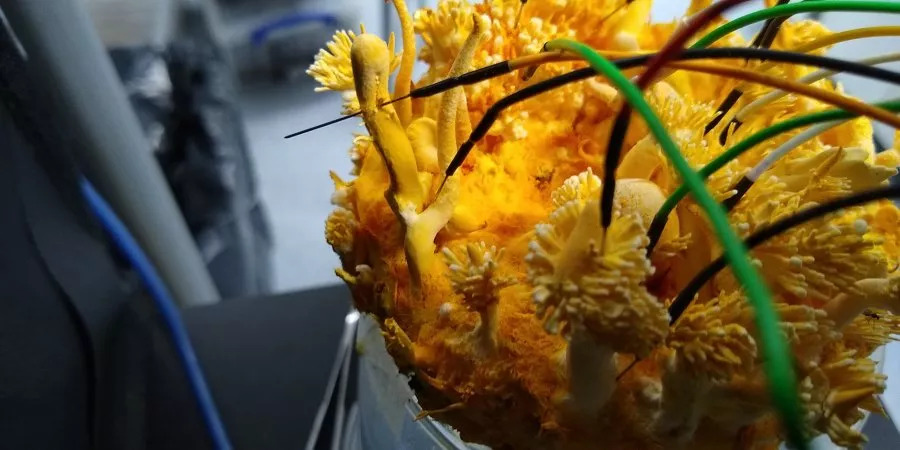
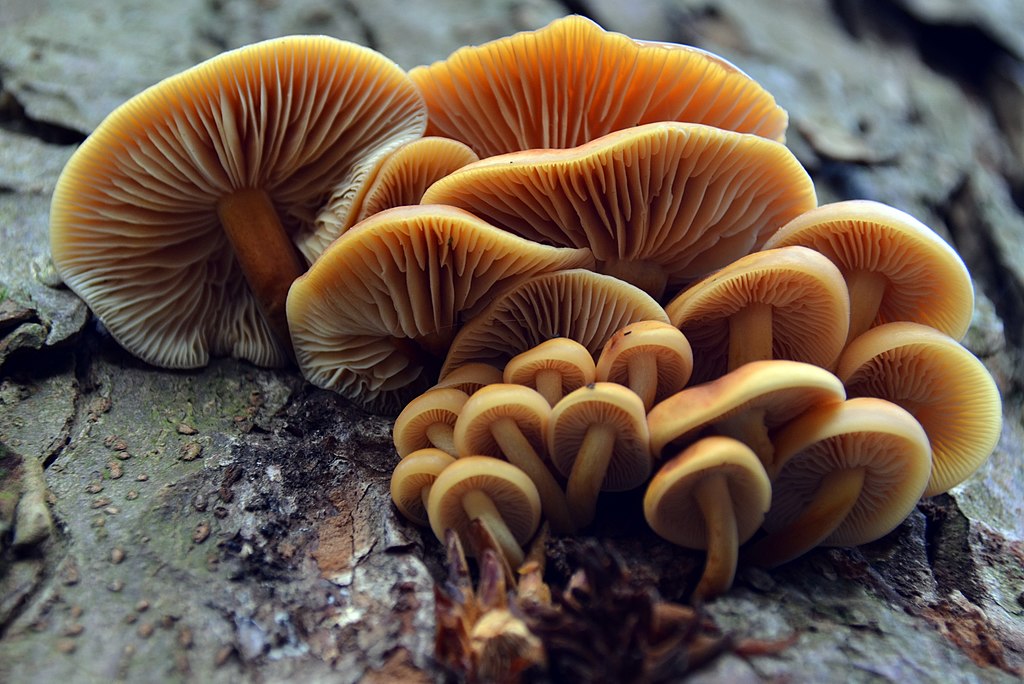
Fluent in fungus
Although the comparisons with human speech are notable, the research doesn’t give any indication of what the fungus network might be communicating, if at all, or why these organisms might need to keep in touch across a wider area.
Considering fungi live rather simple lives, there aren’t too many possibilities that come to mind. It’s possible that these signals are ways in which mushrooms are able to warn about threats to their survival, or about a change in available resources, for example.
Ecologist Dan Bebber from the University of Exeter in the UK, who wasn’t involved with the study, says that there’s a long way to go before we can be sure that fungi are talking to each other.
"Though interesting, the interpretation as language seems somewhat overenthusiastic, and would require far more research and testing of critical hypotheses before we see ‘fungus’ on Google Translate," Bebber told the Guardian.
The research has been published in Royal Society Open Science.
Source: ScienceAlert
